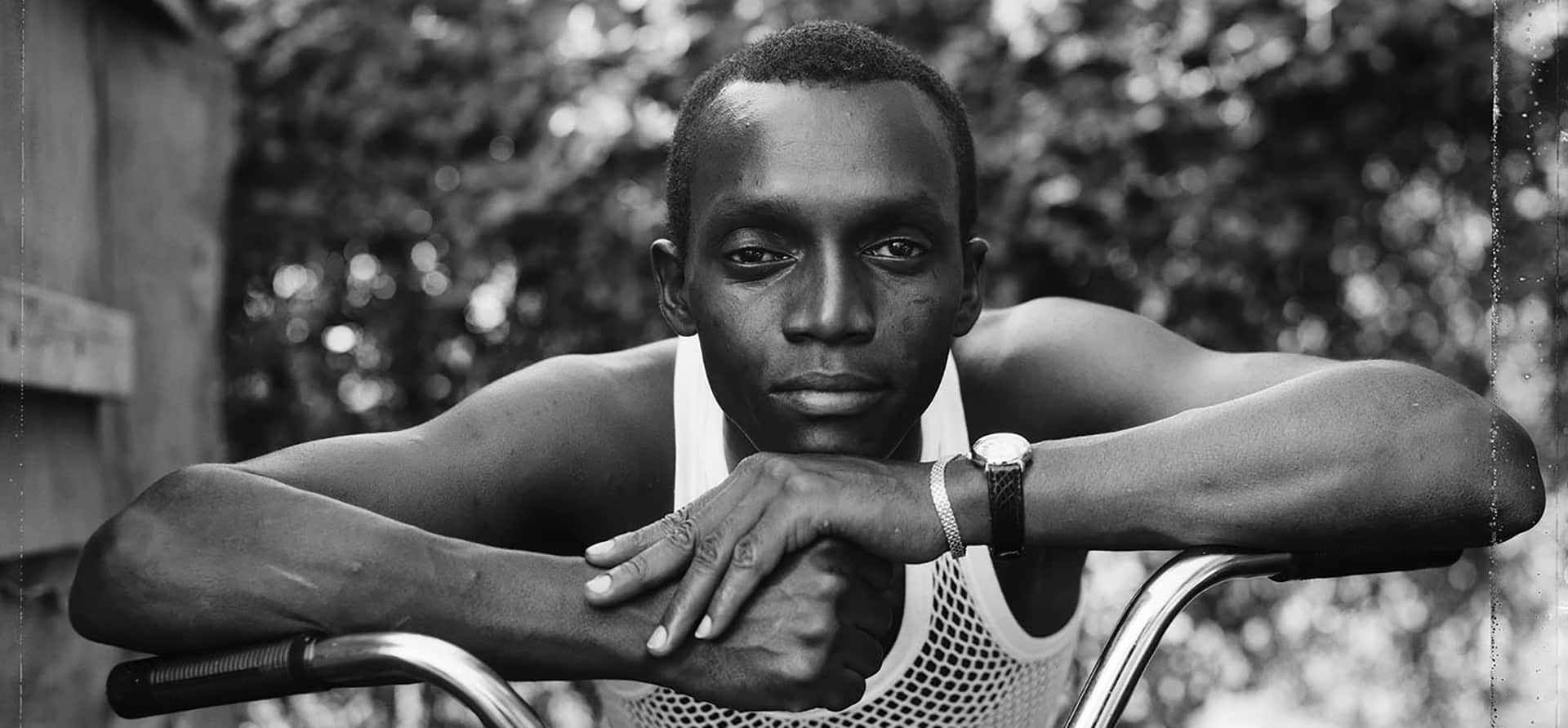Newly released Street Portraits brings together Dawoud Bey’s portraits of African Americans taken between 1988 and 1991 in various towns around the US.

You’re getting blind.
Don’t miss the best of visual arts. Subscribe for $9 per month or $108 $90 per year.
Already suscribed ?



